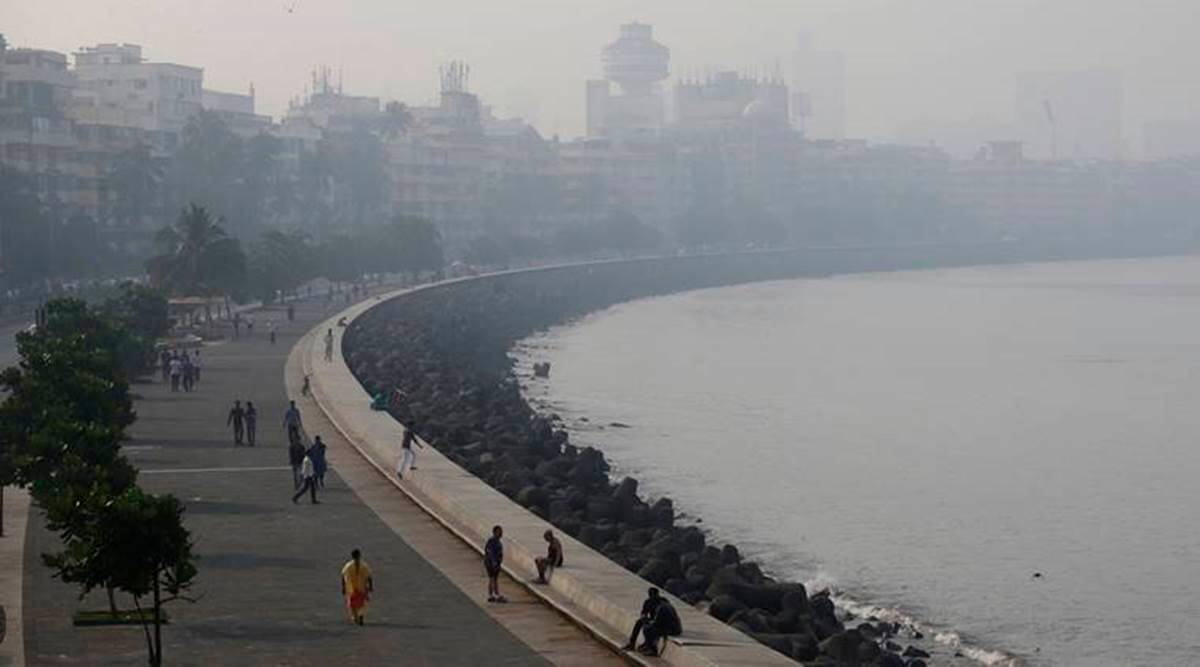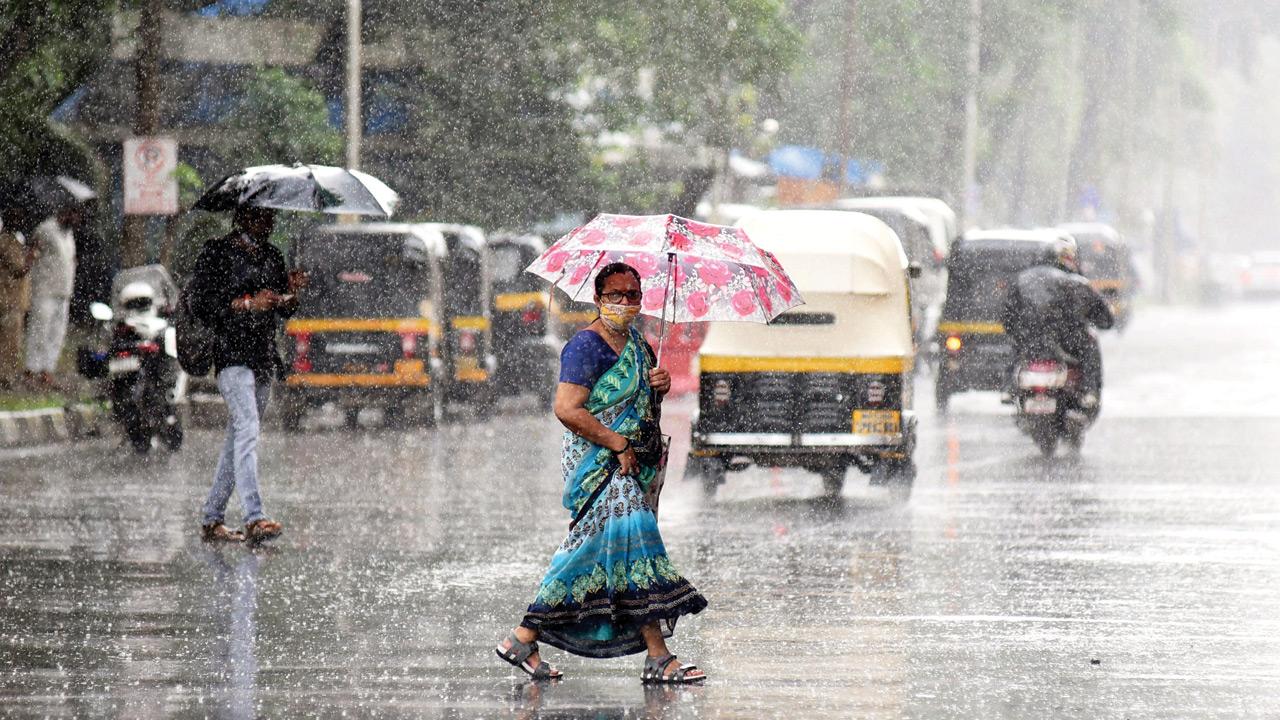The strong wind that blows in from the sea over peninsular Mumbai saves residents from severe effects of air pollution, unlike in Delhi.
Despite the prediction of very poor air quality between Diwali night and the next day noon due to firecrackers, the AQI remained moderate and later became poor as it turned cloudy. Most polluted areas were expected to be Navi Mumbai, BKC and Chembur.
While 2020 saw a poor AQI despite fewer firecrackers, 2019 Diwali was cleaner with better air quality due to low temperatures and gusty winds.
The reason for reduction in intensity of pollution, says founder of Safar (System of Air Quality and Weather Forecasting & Research) Gufran Beig, was the wind that gushes in from the sea at high speed. “It is Mumbai’s advantage over Delhi,” he said.
“Pollution usually picks up at 1am after Diwali night. Mumbai’s proximity to the sea and breeze offers an advantage. It drizzled the next day, taking away the severity that pollution may have caused,” said Ronak Sutaria, founder of Respirer Living Sciences, which deals in air quality monitoring.
Proximity to coast helped city beat pollution blues
Sutaria said that to ensure maximum wind blows in and humidity remains at bay, people should strive to reduce urban heat-island effects. “Buildings should avoid using glass and adopt eco-friendly material. People should go densely green by planting more trees so that moisture is absorbed,” he added.
Wind disperses polluted air that at times remains stagnant due to humidity and prevents temperatures from going up. “Had Mumbai been not abutting the coast, the AQI could have been worse than in Delhi,” said Beig.
Since earlier this week, the city’s AQI had been in the poor category (201-300). There were apprehensions it would breach 300 to a very poor category, that can cause respiratory illness in case of prolonged exposure. Moderate AQI cause breathing discomfort to people with lung and heart diseases.
The main reason for poor to very poor AQI, experts said, is low breeze and high humidity, due to which smoke from vehicles, garbage burning and industries and construction dust do not disperse. Crackers add to pollution to make it more toxic. On Thursday and for the earlier part of Friday, temperature, wind speed and humidity were close to normal. In AQI, concentration of particulate matter (PM) 2.5 mainly decides quality of air as its presence goes up in case of heavy polluting activities amid high humidity and low wind speed. AQI deteriorates as winter approaches.

Surjitt Sahani











